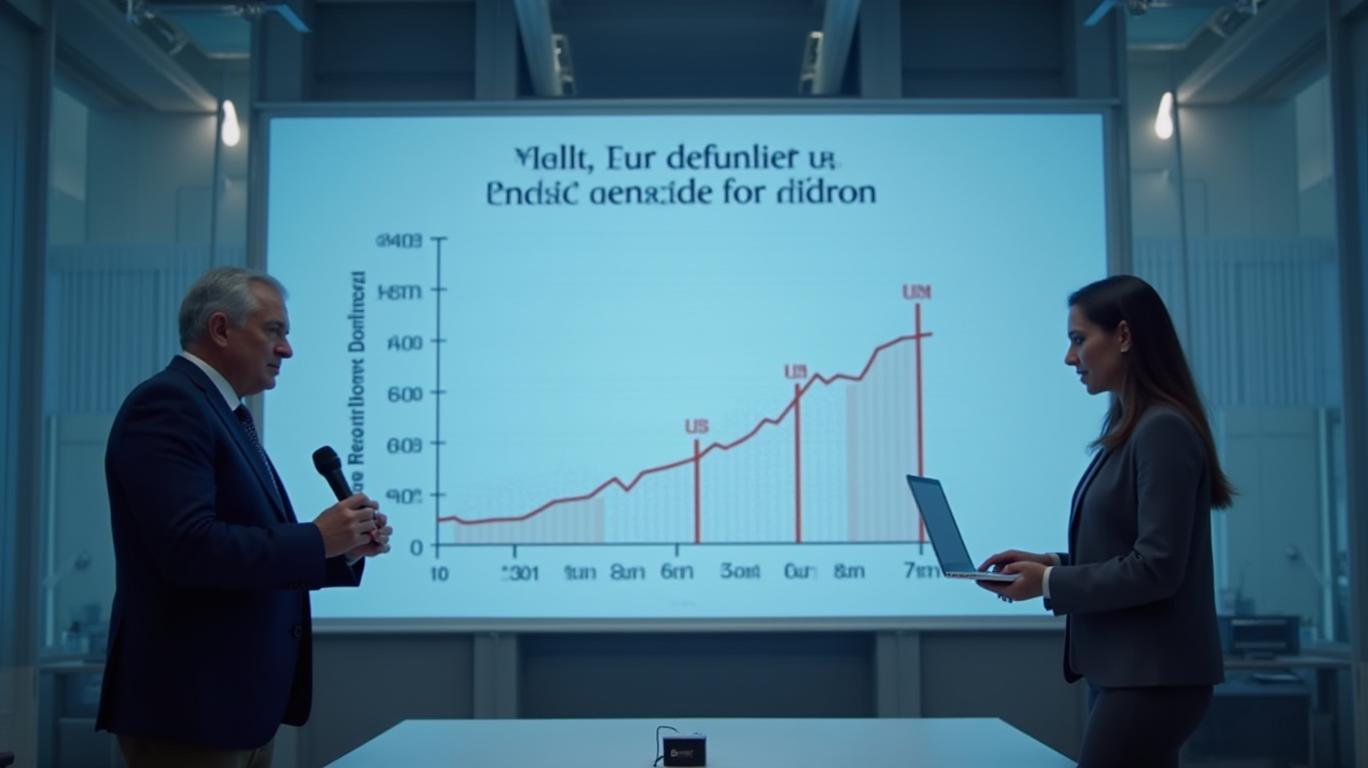Phillips 66’s Q1 Earnings: Navigating Headwinds with Strategic Resilience
Phillips 66 reported its first-quarter 2025 results, revealing a mixed performance marked by an adjusted net loss of $0.90 per share—a stark contrast to its $1.18 per share net profit in the same period. The loss, however, was largely attributable to non-recurring items, including $246 million in accelerated depreciation on the Los Angeles Refinery and other one-time adjustments. Beneath the headline figures lies a complex narrative of sector-specific challenges, strategic pivots, and long-term bets that warrant deeper scrutiny for investors.
The refining segment emerged as the primary drag, posting a $937 million pre-tax loss—more than offsetting gains in midstream, chemicals, and marketing. Turnarounds at refineries, particularly the Sweeny facility in Texas, drove up maintenance expenses to $270 million, while crude capacity utilization dipped to 80% amid planned shutdowns. Yet, refining margins improved to $6.81 per barrel, up from $6.08 in Q4, hinting at operational efficiencies once turnarounds conclude. “The bulk of our turnaround activities are now behind us,” management emphasized, suggesting a path to higher profitability as refining utilization rebounds.
Meanwhile, the midstream business—a cornerstone of Phillips 66’s cash flow—saw pre-tax income dip to $683 million, a $25 million decline from Q4, as pipeline throughput fell 55 MB/D to 704 MB/D. This underscores the sector’s vulnerability to seasonal demand fluctuations and supply chain bottlenecks. In contrast, the chemicals division thrived, with pre-tax income rising to $113 million, fueled by 100% global capacity utilization. The marketing and specialties segment also delivered a robust $265 million pre-tax income, benefiting from stronger international sales—a positive sign for the company’s geographic diversification.
Ask Aime: What's behind Phillips 66's first-quarter 2025 net loss?
The renewable fuels division, however, posted a $185 million pre-tax loss—a stark reversal from its $28 million profit in Q4. This decline reflects the complexities of transitioning tax credit structures (from blenders to production credits) and inventory management challenges, particularly in international markets. While renewables are a strategic priority, execution risks remain acute in a sector where policy shifts and subsidy timelines can upend margins.
Phillips 66’s balance sheet, however, remains a source of strength. Debt fell to $18.8 billion, down $1.3 billion from Q4, with a debt-to-capital ratio of 40%—comfortably within investment-grade thresholds. The company returned $716 million to shareholders via dividends and buybacks, maintaining its commitment to capital discipline. Notably, asset sales—such as non-operated stakes in European and U.S. pipelines—generated $2.0 billion in proceeds, providing liquidity for strategic investments like the Permian Basin Gas Plant (300 MMCF/D capacity) and the EPIC Y-Grade acquisition. These moves align with the company’s focus on scaling midstream and renewable infrastructure.
Looking ahead, phillips 66 faces a dual challenge: navigating volatile crude prices and regulatory headwinds while capitalizing on margin improvements post-turnaround. The company’s $5.4 billion in committed credit capacity and $1.49 billion in cash offer a cushion against downside risks. Management’s emphasis on shareholder returns—$14.3 billion since 2022, including a recent dividend hike—signals confidence in its ability to navigate these headwinds.
Conclusion:
Phillips 66’s Q1 results reflect the cyclical nature of energy markets, where short-term pain often precedes long-term gain. While the adjusted loss underscores the costs of strategic overhauls—such as refinery modernization and tax-credit transitions—the company’s financial discipline, balance sheet strength, and $2 billion in asset sales position it to capitalize on recovery in refining margins and midstream demand. The Permian Gas Plant and EPIC acquisition, for instance, could yield returns as Permian crude production grows. Meanwhile, the dividend history and buybacks reaffirm management’s focus on value creation. Investors should weigh these positives against lingering risks in renewables and macroeconomic uncertainty. For now, Phillips 66 appears to be weathering the storm—its Q1 stumble a necessary step toward a more resilient energy future.


_cbf77e8c1748017079428.jpeg)






















